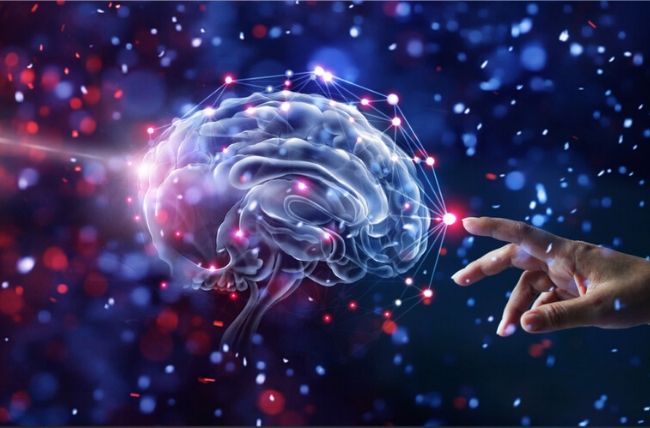
Can the brain heal itself after a stroke?
What is a Brain stroke?
A Brain stroke happens when the blood supply to your brain gets obstructed either by a blocked/
clogged artery or a burst artery. The blocked or clogged artery causes ischemic stroke and the burst
artery causes a hemorrhagic stroke. When there is a less or insufficient supply of blood to the brain,
it damages the oxygen-deprived brain cells. Clot-busting drugs are used to treat ischemic stroke,
whereas surgery is required to treat hemorrhagic stroke.
Even if your treatment is done for the brain stroke, the damage leaves some side-effects, but your
brain understands how to recover from this damage done by a stroke.
How neuroplasticity helps your brain to heal on its own?
Your brain has 100 trillion neural connections and that means there are 100 trillion nerve pathways in your brain that store information. The stroke damages a part of your brain and a portion of these neural connections gets destroyed. The neuroplasticity helps to transfer the functions of the damaged part to the new and healthy parts of your brain. It also helps you to regain movement and speech after a stroke. Repetition creates and strengthens the new pathways in your brain.
Repetition teaches new skills to your brain after stroke
It is very difficult for your brain to heal on its own. Sometimes rewiring and healing of your brain occurs without any conscious effort of yours, but you can boost your healing process with massed practice. Repetition allows the stroke survivors to revive skills that have been lost and teach new skills to perform the tasks based on their disabilities. Repetition helps your brain to heal after stroke.
Comprehensive post-stroke care helps your brain to heal
Physical, recreational and occupational therapies are equally important to heal your brain itself. Similarly, awareness, patience, and sensitivity play a major role in helping you to recover after a stroke. Below are some of the comprehensive post-stroke care tips for you:
- Monitor medications – You need to make sure that you are taking the prescribed drugs and monitoring their side effects.
- Evaluate your home environment – Any modifications you need to reduce risks and accommodate the patient.
- Ensure a healthy diet – You need to ensure that you follow a healthy diet and avoid any processed sugar products.
- Include exercises – Include exercises in your routine, such as walking, arm and leg lifts.
- Look out for the dizziness and imbalance.
- Encourage social interaction – Involve yourself in social interactions.
- Keep your brain active – Get yourself involved in the brain and creative games, such as crosswords, board or card games. This allows your brain to rewire itself.
- Be active with music – Listening to music and singing triggers the cognitive awareness of your brain.
Most of the stroke victims can get back to a healthy and fulfilling life. You just need to be patient, aware, strong and don’t hesitate to seek out support.
.png)
.jpg)
.jpg)
.jpg)


Write a Comment